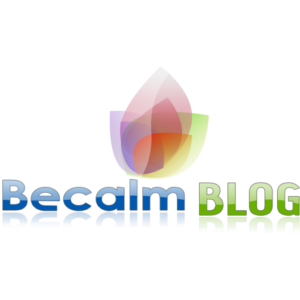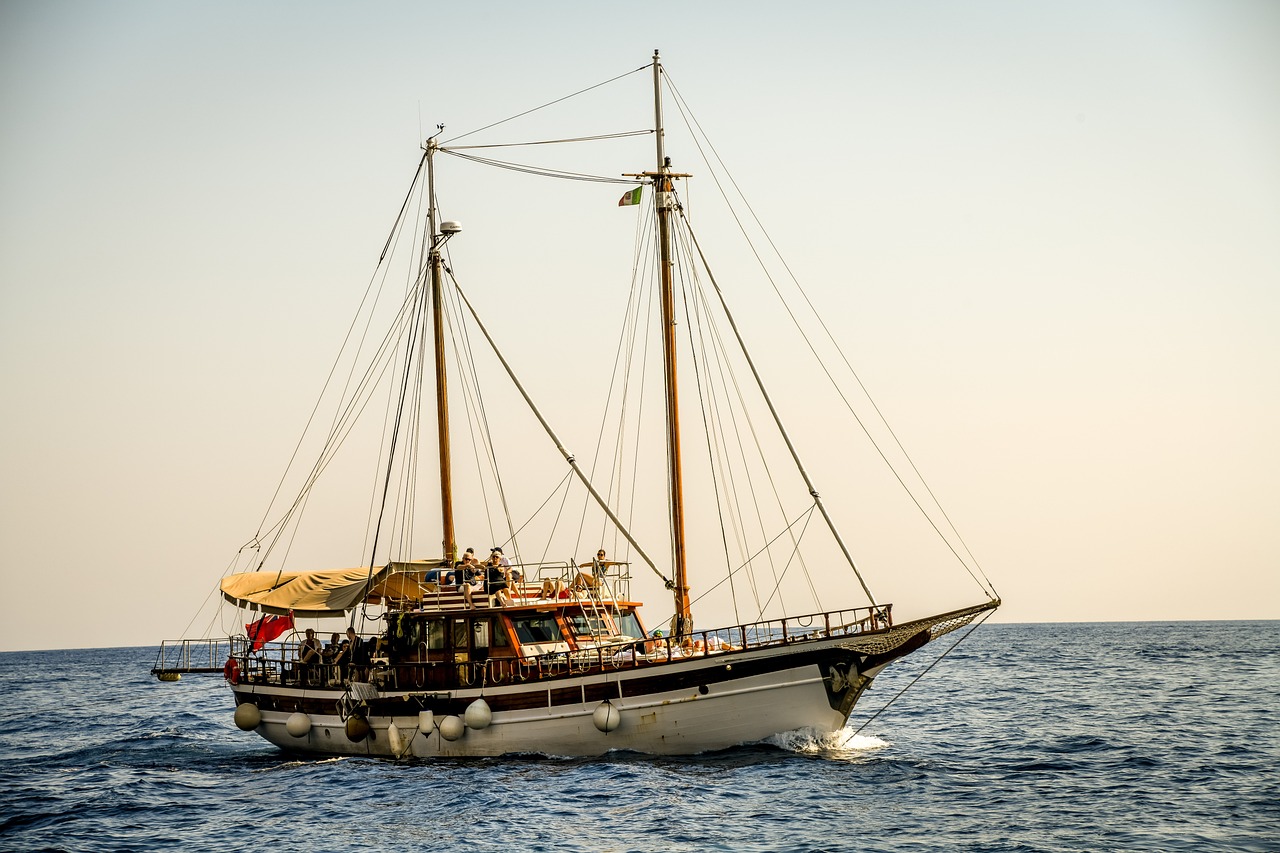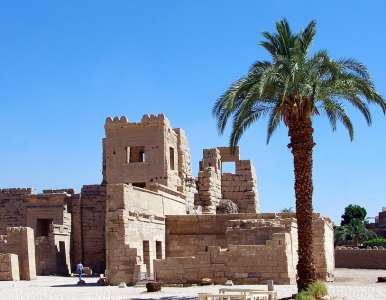Morocco’s location is strategically located on the northwest coast of Africa, allowing it to be a bridge between East and West. Its unique position between the Atlantic Ocean and the Mediterranean Sea gives it access to Europe, making it a gateway for trade and cultural exchange between the two continents. This geographic location has influenced the country’s history in many ways, from its colonization by the French to its historical ties with Spain. Today, Morocco is a melting pot of African and Arab cultures and has become an important partner for the United States in the fight against terrorism. In this article, we will delve deeper into the impact of Morocco’s location on the map, highlighting its rich history and cultural diversity.
The Geographical Location of Morocco
Morocco is a North African country that has a unique location on the map. It is situated on the northwest coast of Africa and shares borders with Algeria and Western Sahara. Its strategic location has made it an important trade route for many centuries and has influenced its history in various ways.
Bordering the Atlantic Ocean and the Mediterranean Sea, Morocco’s coastal location has made it an important point for sea trade routes between Africa and Europe. Its location has also made it a crossing point between North Africa and Europe, which has had a significant impact on its history and culture.
Additionally, its proximity to Europe has exposed it to Western influence, leading to the blending of different cultures and traditions. As a result, Morocco boasts a unique culture that is a combination of Arab, Berber, and Western cultures.
Overall, Morocco’s location has played a crucial role in shaping its history and culture. Its position on the map has allowed it to be a hub of different cultures and has been a significant factor in making it an important player in global politics.
The History of Morocco’s Location on the Map
Ever since its inception, Morocco’s location has played a crucial role in its evolution. Over time, it has been a crossroads for different cultures, religions, and civilizations, transforming the region into a melting pot of various influences. The Romans were among the first to invade the area, and after them came the Arabs. They brought Islam with them and heavily influenced Morocco’s language and architecture.
The French then conquered Morocco, introducing a new set of customs and skills. This imperialist power wrought drastic changes in Morocco and gave rise to a European-style lifestyle, their influence can still be seen in Moroccan cities like Casablanca, Marrakech, and Rabat, where the French architecture remains prominent. Today, Morocco is a unique blend of past and present, mixing its rich history with emerging trends, creating a truly unique atmosphere appreciated by all visitors.
The Influence of Arab and African Cultures on Morocco
Morocco’s location has made it a crossroads of different cultures, and this has resulted in the blending of different cultural influences, including Arab and African cultures, in its art, music, cuisine, and language. Moroccan art is an amalgamation of Berber, Arab, and Andalusian art, and is characterized by vibrant colors and intricate designs. Moroccan music is a fusion of Berber, Arab, and African rhythms and melodies, and embraces a variety of African instruments, such as drums, and Arab instruments like the oud and gimbri. Moroccan cuisine is also a blend of flavors, including spices like cumin, turmeric, and saffron that are commonly used in Arab cuisine, and ingredients like couscous that were introduced by African influences.
Finally, the diversity of the Moroccan language is a reflection of the different cultural influences that have shaped the country. Although Arabic is the official language, Berber, French, and Spanish are also spoken. This is a testament to the unique blend of cultures that have made Morocco such a rich and fascinating country.
Morocco’s Relationship with Europe
Morocco’s location on the northwest coast of Africa, bordering the Atlantic Ocean and the Mediterranean Sea, has made it a gateway to Europe. It has historical ties with Spain and France, which have influenced its culture and language. Today, Morocco’s relationship with Europe is primarily economic. The European Union is its most important trading partner, and this has brought many benefits to Morocco. Economic growth has been facilitated by a bilateral free trade agreement with the EU, and increased tourism from Europe has had a positive impact on the Moroccan economy. The country’s location has ensured that its relationship with Europe will continue to be an important aspect of its future.
The Impact of Morocco’s Location on Global Politics
Morocco has a unique location on the map that has put it in an important geopolitical position. The country has served as a mediator between African and Arab countries in conflicts, and its unique position has given it a strategic importance in global politics. In addition, Morocco is an important ally for the United States in the fight against terrorism. The country has helped the US on many occasions, especially in the areas of intelligence-gathering and counter-terrorism efforts.
The geographic location of Morocco has allowed it to become a regional power player and a key partner for the Western countries. Its position has helped the country to build strong alliances with other nations, particularly those for whom the Middle East is of strategic relevance. As a result, Morocco is now an active player in the world of international politics with a dynamic role in shaping global affairs.
FAQs About Morocco’s Location on the Map
If you’re curious about Morocco’s location on the map, you may have a few questions. Here are some FAQs to help you understand more:
- What makes Morocco’s location unique? Morocco is located on the northwest coast of Africa, bordering the Atlantic Ocean and the Mediterranean Sea, and adjacent to Algeria and Western Sahara. This unique location has made it a crossroads of different cultures and an important trade route.
- How has Morocco’s location influenced its history? Throughout history, Morocco’s location has made it a target for many different empires, which has shaped its culture and history. Its location has also allowed for the blending of different cultures, including Arab and African cultures.
- What is Morocco’s relationship with Europe? Morocco has historical ties with Spain and France, and it is an important trading partner with the European Union. Its location has made it a gateway to Europe, which has brought benefits such as increased tourism and economic growth.
By understanding these FAQs about Morocco’s location, you can better appreciate the country’s rich history and its unique position in the world today.
What makes Morocco’s location unique?
Morocco’s location on the map is considered unique because of its placement on the northwest coast of Africa, bordering both the Atlantic Ocean and the Mediterranean Sea. This location has made it a crossroads of different cultures and an important trade route throughout history. Additionally, Morocco is adjacent to Algeria and Western Sahara, having a direct impact on its relationships with neighboring countries and its political position in the region.
The influence of Morocco’s location is evident in its diverse culture and history. It has been ruled by different empires and civilizations, and each has left its mark on Moroccan culture. Additionally, the blending of different cultures, including African and Arab cultures, has occurred because of Morocco’s location. Its unique location has allowed for the exchange of ideas, music, art, language, and cuisine, which can be seen throughout the country today.
- Morocco’s placement on the map:
- Northwest coast of Africa
- Bordering the Atlantic Ocean and the Mediterranean Sea
- Adjacent to Algeria and Western Sahara
- Impact of location:
- Crossroads of different cultures
- Important trade route
In conclusion, Morocco’s location on the map has played a significant role in shaping its culture, history, and its position in the world today. Its unique location has allowed it to be a bridge between different cultures and an important player in the global political landscape. Its location has also brought economic benefits as it is a gateway to Europe. Overall, Morocco’s location on the map is undoubtedly one of its greatest assets.
How has Morocco’s location influenced its history?
Morocco’s strategic location on the map has been the cause of many invasions and conquests in its history. The country has been under the rule of different empires, such as the Roman Empire, Arab conquerors, and the French colonial empire. This has shaped Moroccan culture and its history as a nation.
Furthermore, Morocco’s location between Europe, Africa, and the Middle East has made it a melting pot of different cultural and religious values. The country has absorbed elements from Arab, Berber, and African cultures, resulting in a unique blend of customs, traditions, and languages. Its strategic location has allowed Morocco to become a bridge between the African and Arab worlds, promoting cultural exchange and mutual understanding.
The combination of different cultures throughout history has resulted in a rich and diverse Moroccan culture and has made Morocco a unique destination for travelers seeking a glimpse into the country’s past and its present-day traditions and customs.
What is Morocco’s relationship with Europe?
When it comes to relationships with Europe, Morocco has a long and intertwined history. The country shares historical ties with Spain and France, and these countries have had a significant impact on Moroccan culture. Today, Morocco is an important trading partner with the European Union, and its location has made it a gateway to Europe. Due to this strategic location, the country has experienced an increase in tourism and economic growth.
The positive relationship between Morocco and Europe has had a considerable impact on the country’s economy. The European Union is Morocco’s largest trading partner, particularly in exports of agricultural products, textiles, and phosphates. This has created jobs and economic opportunity for Moroccans, and the country has a growing tourism industry, with many visitors coming from Europe. Additionally, Morocco’s close relationship with Europe has facilitated cultural exchanges, benefiting both sides.
- The European Union is Morocco’s largest trading partner
- Exports of agricultural products, textiles, and phosphates are major economic drivers
- The country’s location has contributed to increased tourism and cultural exchanges
- The relationship between Morocco and Europe continues to evolve and grow
Conclusion
In conclusion, Morocco’s location on the map has played a crucial role in shaping its history, culture, and position in the world. Its adjacency to both the Atlantic Ocean and the Mediterranean Sea, as well as its proximity to Algeria and Western Sahara, has made it a crossroads of different cultures and an important trade route. This has allowed for the blending of different Arab and African cultural influences in its music, art, language, and cuisine.
Morocco’s relationship with Europe, which has historical ties with Spain and France, has also rendered it a gateway to the continent and an important trading partner with the European Union. Morocco’s position as a mediator in conflicts between African and Arab countries has also made it an important player in global politics. Finally, its cooperation as a valuable partner for the United States in counter-terrorism operations suggests that Morocco’s unique location on the map will continue to have an impact in the future.






